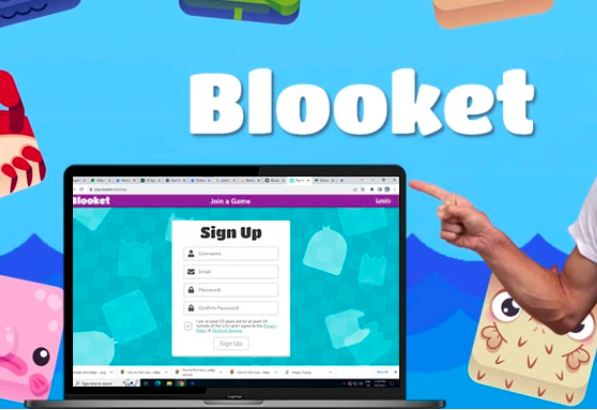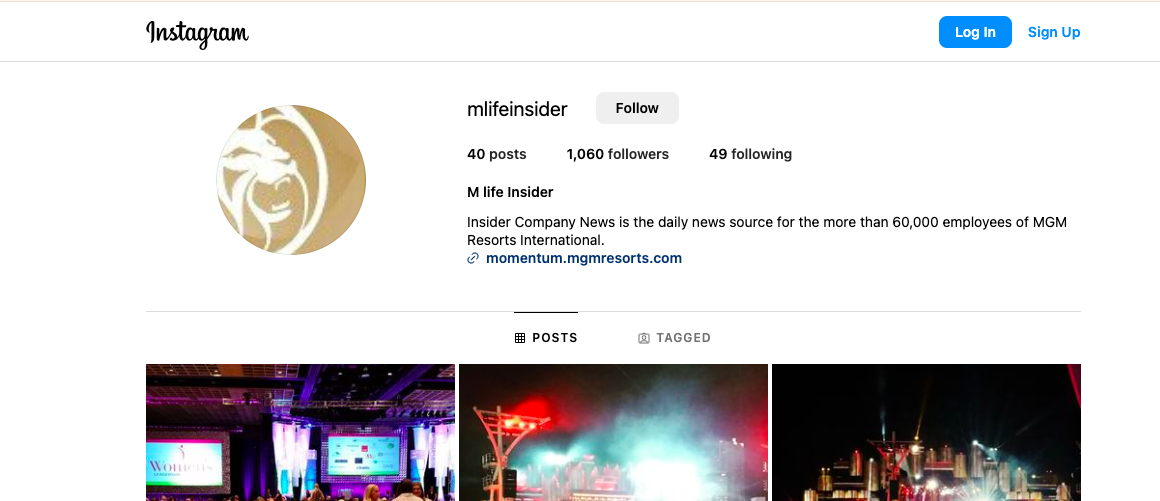JSF stands for Jakarta Server Faces. It is a term related to Technology, Useful Terms and Definitions which we use in daily life but we do not know their full name, Here’s a list of important abbreviations that you should know.
| Acronym | Full Form |
| JSF | Jakarta Server Faces |
| Category | Technology |
| Region | Worldwide |
What is full form of JSF?
The full form of JSF is the Jakarta Server Faces. Jakarta Server Faces (JSF; formerly JavaServer Faces) is a Java specification for creating component-based user interfaces for web applications and being part of the Java Platform, Enterprise Edition, through the Java Community Process as a standard.
was formalized as It is also an MVC web framework that simplifies the creation of user interfaces (UI) for server-based applications by using reusable UI components in a single page.
Here you learn the full name and complete information of Jakarta Server Faces, if you have questions and answers related to JSF, then tell us your thoughts in the comment, know the complete meaning of JSF in this article.
Related Full Forms List
JavaServer Faces (JSF) is a web application framework based in Java. Its main objective is to facilitate development integration of web based user interfaces.
Difference Between JSF and JSP
Java Server Faces (JSF) is a Java-based web application framework intended to facilitate development integration of web-based user interfaces. JavaServer Faces is a standardized display technology that was formalized into a specification through the Java Community Process.
We decided to replace JSF with a web components/polymer-based application to start the web UI development cycle for various reasons: the underlying JSF framework is no longer maintained. Getting JSF to work with more modern browsers will get harder and harder.
JSF is a component-based web framework that is part of Java EE. It was the only frontend framework under Java EE until Java EE 8 added its new MVC framework.
It is used to develop web applications. It provides a well-defined programming model and includes rich APIs and tag libraries. The latest version uses JSF 2 Facelets as its default templating system. It is written in Java.




Leave a Reply